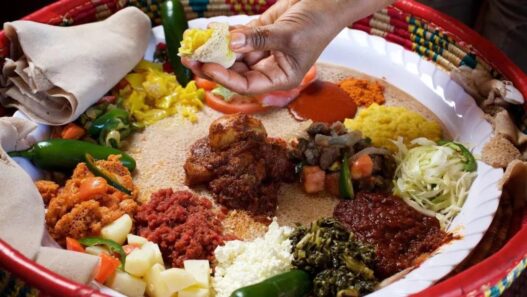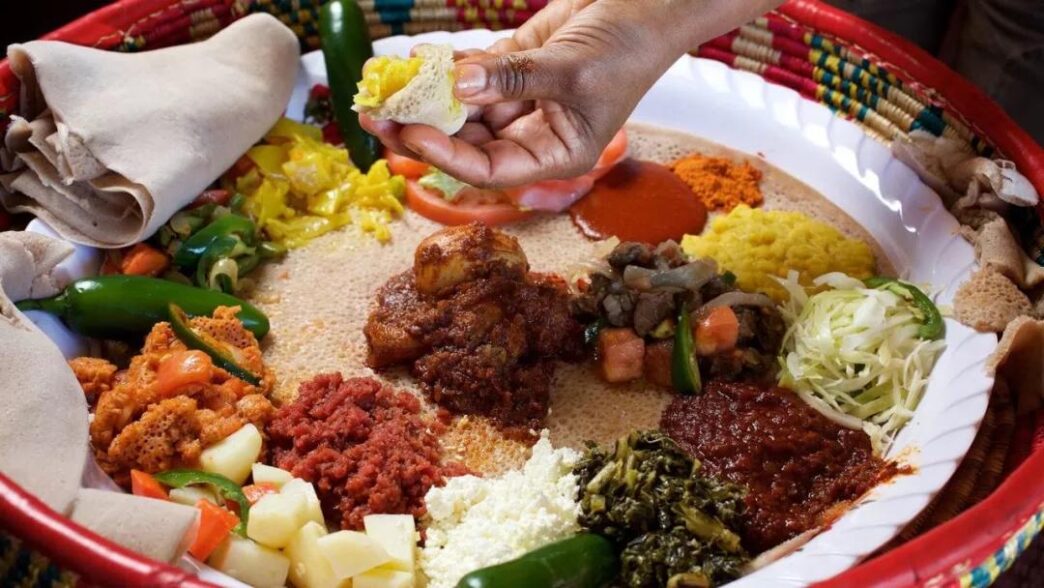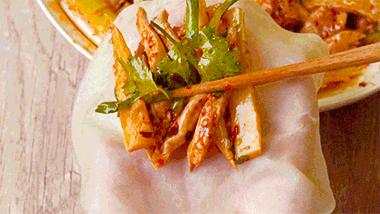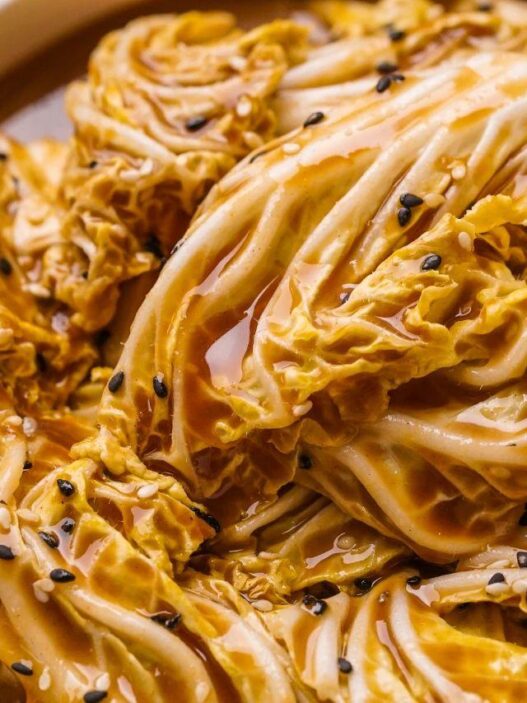When you think of Africa, what food comes to mind? Is it coffee, chocolate, or something else entirely? You might be surprised by the range of African Foods and ingredients the continent has to offer. The diversity and history of African Foods have long been overlooked. Today, I’m sharing the richest and most fascinating African Food facts that you might not know.
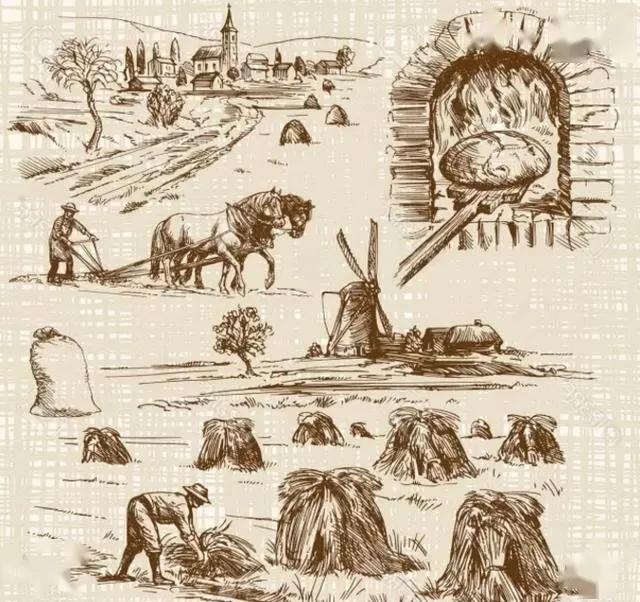
The Oldest Leavened Bread in the World – Ancient Egypt
When you think of Egypt, the pyramids may be the first thing that comes to mind. But right alongside them in history is the development of leavened bread. Around 3000 BCE, an ancient Egyptian accidentally left dough in a warm place and forgot about it. The dough fermented and expanded, turning into slightly sour bread. Thus, the first “leavened bread” in the world was born.
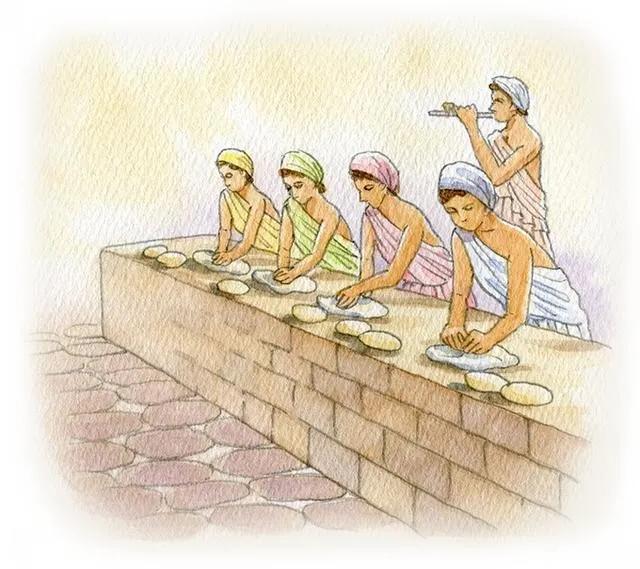
Initially, Egyptians continued making sourdough bread but soon discovered the magic of yeast. By 2500 BCE, Egypt had established the world’s first bakeries. The knowledge of baking bread spread globally. Even Moses, during his migration of the Hebrews in the 13th century BCE, carried with him the knowledge of bread-making, spreading it far and wide.

The Birthplace of Coffee – Ethiopia
Over a thousand years ago, in Ethiopia’s Kaffa region, a shepherd named Kaldi noticed that after eating red berries from a certain plant, his goats became incredibly energetic. Curious, Kaldi tried the berries himself, and soon discovered their stimulating effects. Unable to sleep, he shared his discovery with others, and so began the global journey of coffee.
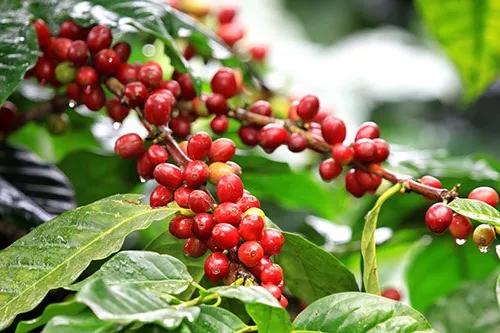
Today, coffee is an essential part of Ethiopian life. Every household has its own method of brewing it. The Ethiopian coffee ceremony, which includes inviting guests to enjoy coffee together, is a vital cultural practice. With local coffee stands around every corner in Addis Ababa, coffee has become deeply integrated into daily life. Ethiopians typically drink it three times a day.

The Largest Cocoa Bean Producer – Ivory Coast
The Ivory Coast in West Africa is the world’s largest producer of cocoa beans. Its annual output exceeds 2 million tons. Around 6 million people are involved in cocoa production. It accounts for 40% of the country’s export income.
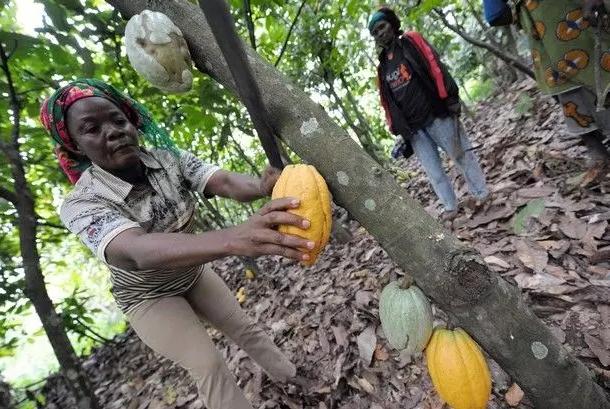
Despite this large-scale production, many local cocoa farmers have never tasted the chocolate they help create. Most cocoa beans are exported to Europe and the Americas. While the Ivory Coast thrives economically from cocoa, it also faces several challenges, such as child labor, deforestation, aging cocoa trees, outdated farming methods, and a lack of processing capacity.

The Largest Vanilla Producer – Madagascar
Who doesn’t love ice cream? And for many, the most beloved flavor is vanilla. But did you know that Madagascar is the world’s largest producer of vanilla? Native to Mexico, vanilla is not a flower, as many believe, but comes from the bean of the vanilla orchid. The vanilla flavor comes from a compound in the bean called vanillin. It develops after extensive processing, including drying and fermenting the pods.
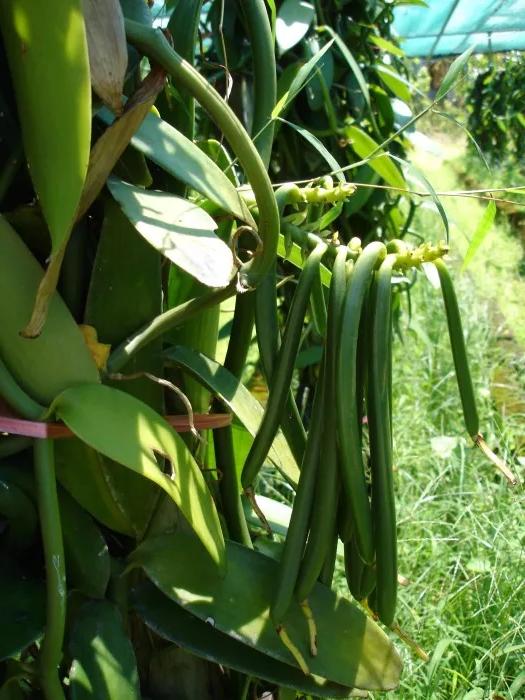
While vanilla originally came from Mexico, Madagascar’s vanilla production took off in the 19th century. A young slave in Madagascar discovered a method to hand-pollinate the vanilla flowers. Today, Madagascar supplies 80% of the world’s vanilla. Despite the island’s tropical climate, production faces challenges like extreme weather conditions. As a result, prices skyrocketed due to disasters like hurricanes.

The Largest Cola Nut Producer – West African Countries
You may be familiar with Coca-Cola, but did you know that the cola nut was once a key ingredient in its original recipe? Cola nuts were the source of caffeine and kola extract in the early days of the drink’s creation in 1892. Today, West African countries are the world’s largest producers of cola nuts. They are used in a variety of traditional beverages and medicines.

The cola nut, a stimulant like caffeine, has been consumed in West Africa for centuries. The nut plays a significant role in social and ceremonial life, much like sunflower seeds in other cultures. Despite its widespread use, it was once considered a luxury item. It was often used as a gift by chieftains. Today, it continues to be a popular snack in many African countries.
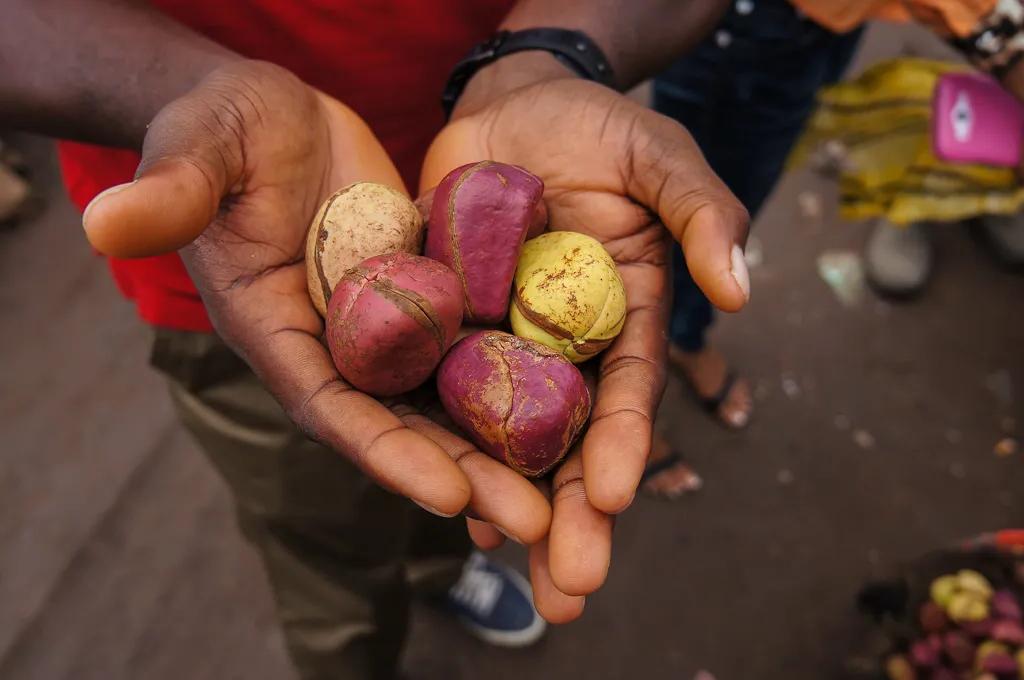
The Largest Macadamia Nut Producer – South Africa
Macadamia nuts, often known as the “queen of nuts,” are not originally from Hawaii, as many believe, but actually hail from Australia. Today, the largest producer of macadamia nuts is South Africa. The country has overtaken Australia in production.
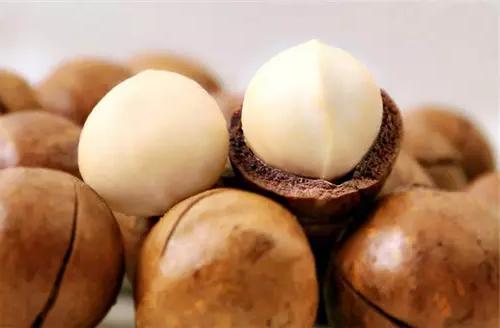
South Africa has become a major exporter of macadamia nuts. The country’s climate is ideal for growing this tree. The tree thrives in warm, subtropical climates. Known for its rich flavor, macadamia nuts are often referred to as the “world’s most expensive nuts.” They are also used to make oil and cosmetics.
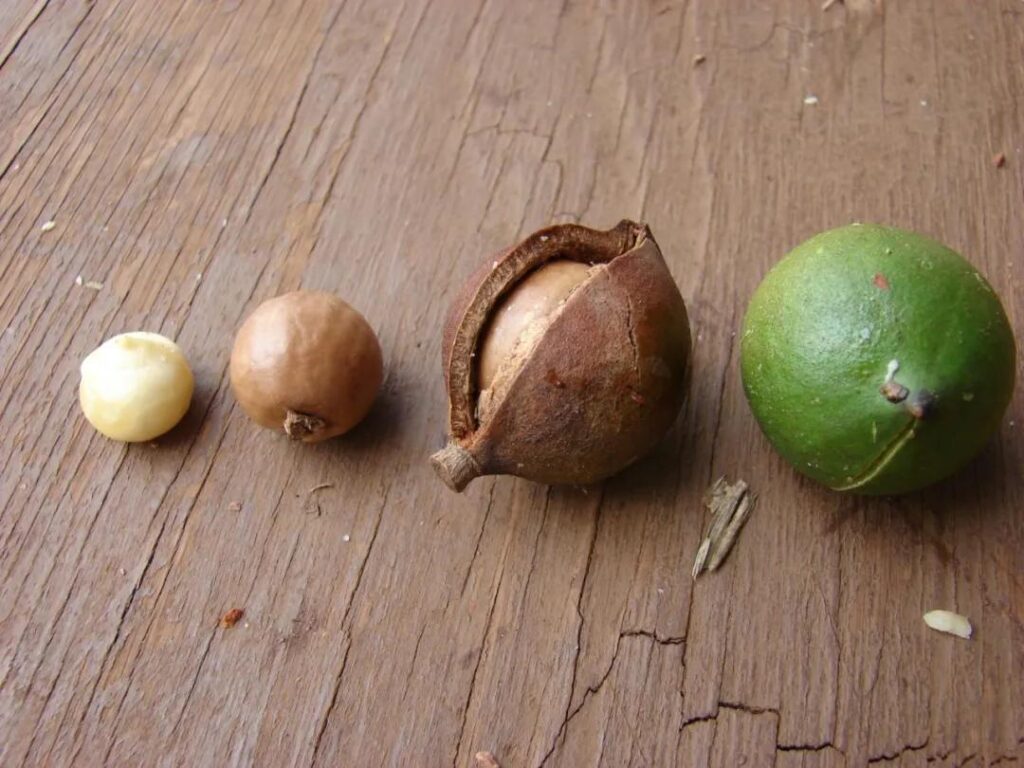
The Largest Cassava Producer – Nigeria
Cassava, a starchy root vegetable, is a staple in many parts of Africa. Nigeria is the world’s largest producer of cassava, with an annual production exceeding 38 million tons. This versatile crop is used in various African foods, including fufu, gari, and tapioca.
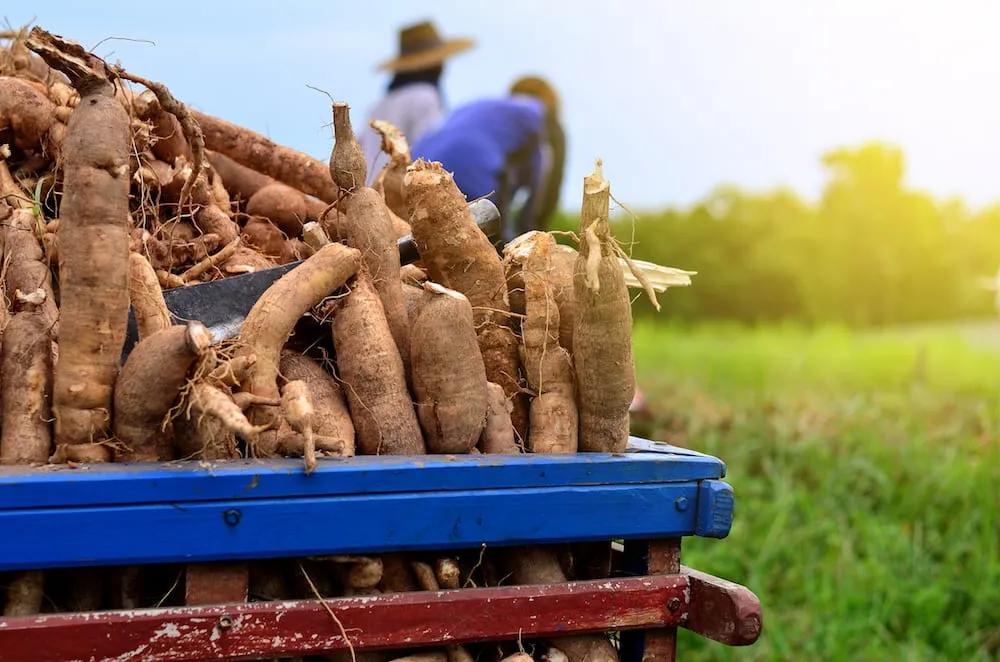
In addition to being a key food source, cassava also serves as a bioenergy resource. Over 300 different products are made from cassava, ranging from food to non-food items. However, Nigeria’s cassava industry faces challenges like outdated farming methods and insufficient processing infrastructure.

The Oldest Teff Producer – Ethiopia
Ethiopia is home to the world’s oldest teff production, a grain that has been cultivated for over 3,000 years. Teff is primarily used to make injera, a traditional flatbread central to Ethiopian cuisine. The high nutritional value of teff makes it an essential part of Ethiopian foods.
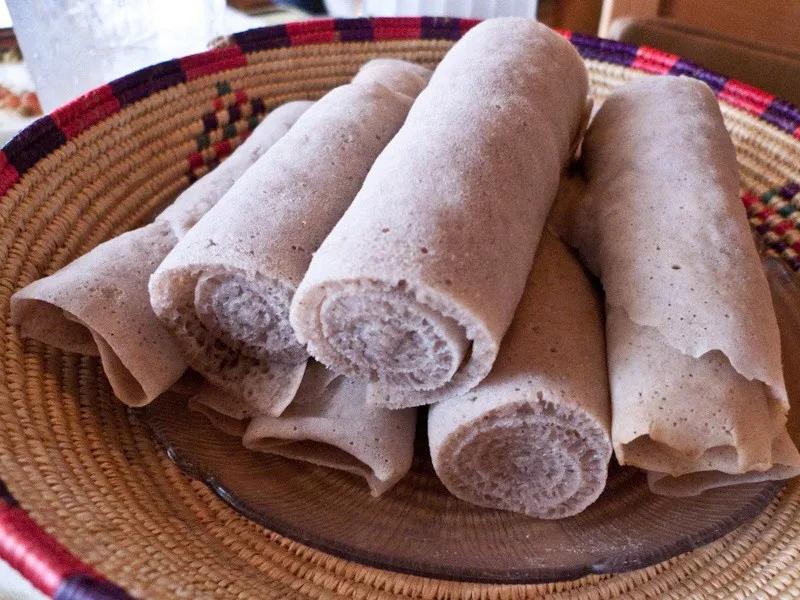
Teff is not just a vital food source but also a cultural symbol, deeply tied to the history of Ethiopian civilization. As Ethiopian food culture continues to gain global recognition, the health benefits of teff are also becoming widely appreciated. African foods like teff showcase the rich culinary traditions and nutritional wealth of the continent.
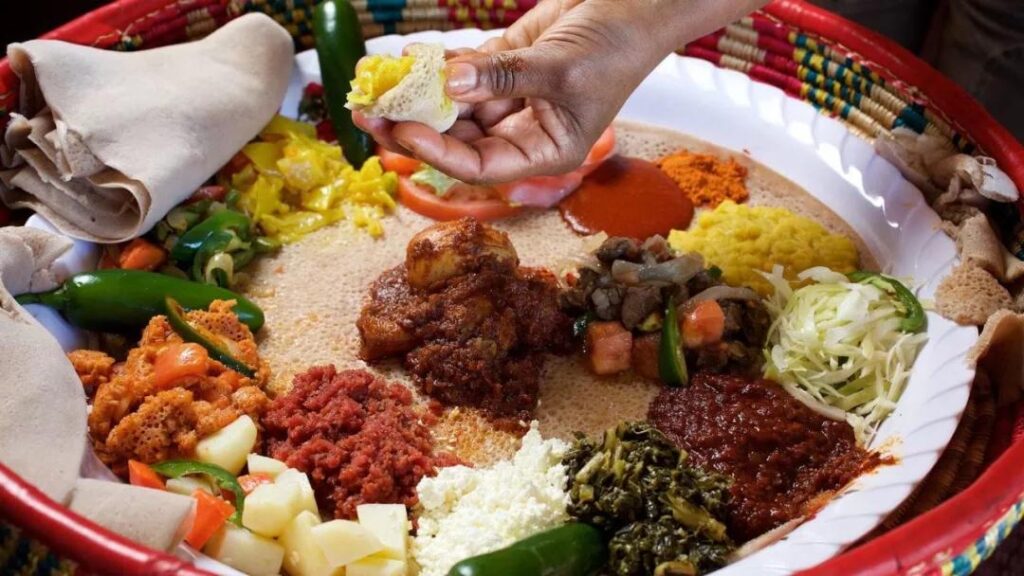
This article highlights two essential African foods—cassava and teff—that contribute greatly to Africa’s culinary diversity and rich cultural history.







